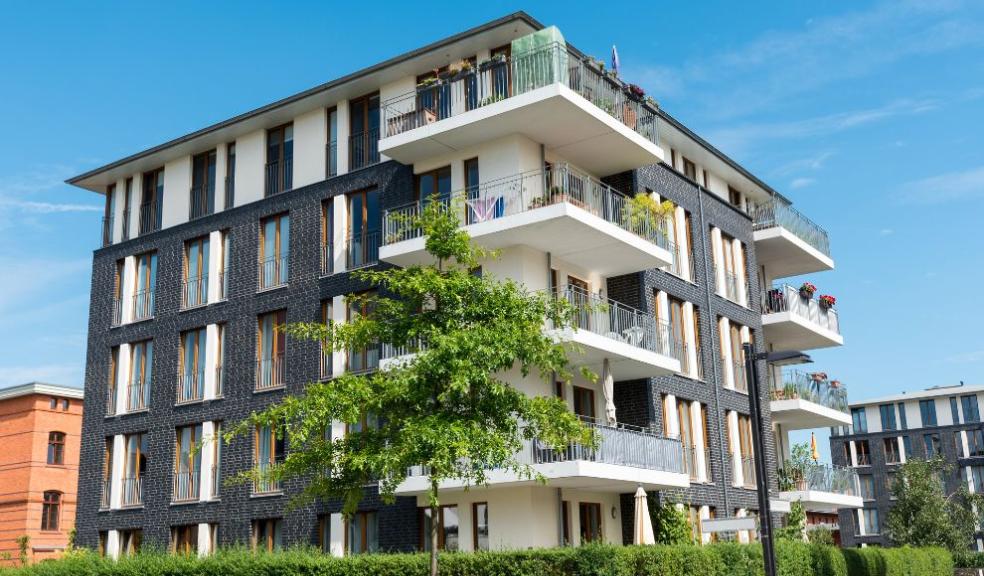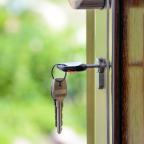
Here’s how a room with a view could stop you from selling
Research by London lettings and estate agent, Benham and Reeves, has highlighted how many sellers may find themselves unable to secure a buyer in 2023, should their home have a balcony that has been constructed with combustible materials such as timber.
Following the Grenfell tragedy, any leaseholder looking to buy, sell or remortgage an apartment in a multi-storey, multi-occupant residential building must have an EWS1 form. Otherwise known as an External Wall System Fire Review certificate, it was introduced to address the issue of dangerous cladding, but isn’t confined to cladding alone.
A recent analysis from Benham and Reeves found that almost a third (30.6%) of all apartments in London boast a balcony, a feature that is often in high demand amongst buyers as it provides a slice of outdoor space.
However, many sellers may not realise that their balcony could prevent them from selling up if it’s found to be a fire hazard due to the fact it’s been constructed with combustible materials such as timber.
When completing an EWS1, a building can be graded in two ways. Option A indicates that the external wall materials of a building are unlikely to combust, while Option B indicates that combustible materials are present.
However, each grading also has sub sections. A1, that there are “no attachments whose construction includes significant quantities of combustible materials”; A2, that there is “an appropriate risk assessment of the attachments confirming no remedial works are required”; and A3, “where neither of the above two options apply, there may be potential costs of remedial works to attachments”.
And B1, indicating that “the fire risk is sufficiently low that no remedial works are required” and B2, indicating a conclusion that “an adequate standard of safety is not achieved”.
A1, A2 or B1 essentially indicate a pass, while B2 is an outright fail.
However, an A3 grade, the most likely scenario for those with wooden balconies attached to their homes, requires the inspector to notify the client organisation that an appropriate risk assessment of the attachment might be required.
This triggers the need for a separate fire risk assessment to be carried out and the reality is that, with this process under the control of the building owner, the additional processes and costs required are unlikely to be embraced.
As a result, mortgage lenders will refuse to provide a mortgage for the property based on the fact that it has failed a EWS1 assessment and therefore those looking to sell, or indeed buy, will be unable to do so.
Director of Benham and Reeves, Marc von Grundherr, commented:
“The Grenfell tragedy has led to a much needed overhaul with respect to leasehold fire safety standards. This is, of course, a positive but it has certainly brought a number of teething problems, as the sector has looked to adapt and improve in line with these new regulations.
We’ve seen many homeowners become a prisoner in their own property due to the fact that they simply can’t sell while the building is adorned with unsafe cladding. But what many people don’t realise is that it isn’t just cladding that these new safety standards relate to.
A balcony constructed with timber, or any other combustible composite material for that matter, is unlikely to pass an EWS1 check without the need for further inspections. Unfortunately the time and cost required to complete these additional inspections is rarely stomached by the owner of the building.
As a result, you may find you simply can’t sell your home as what is arguably its most desirable feature doesn’t meet today’s safety standards.”









